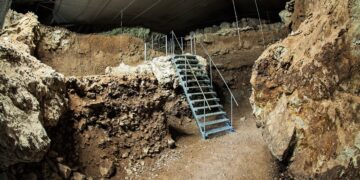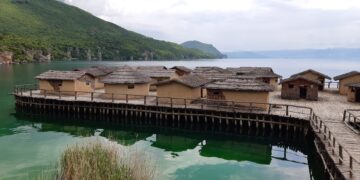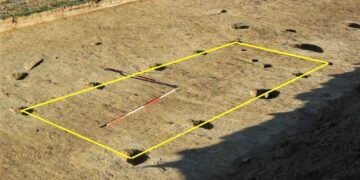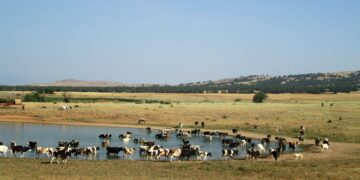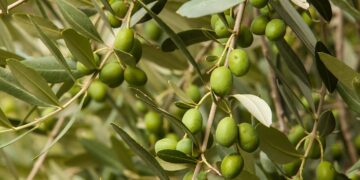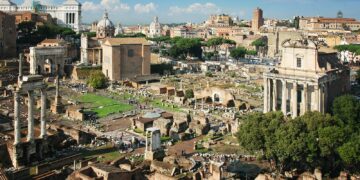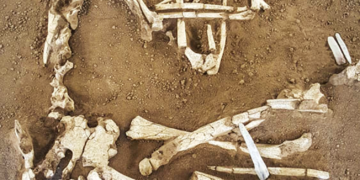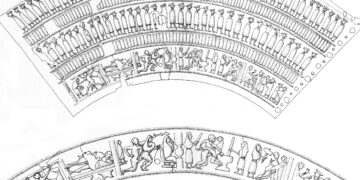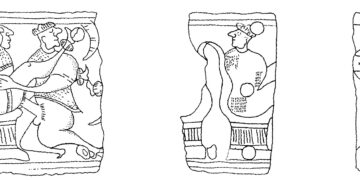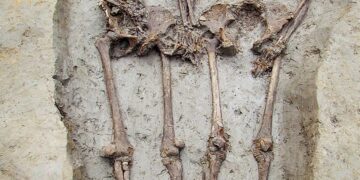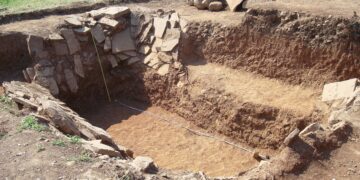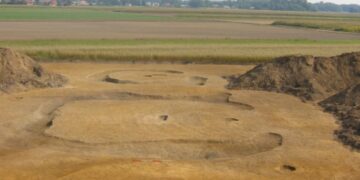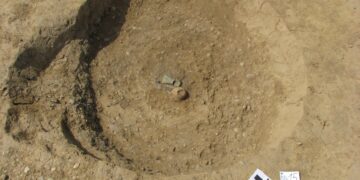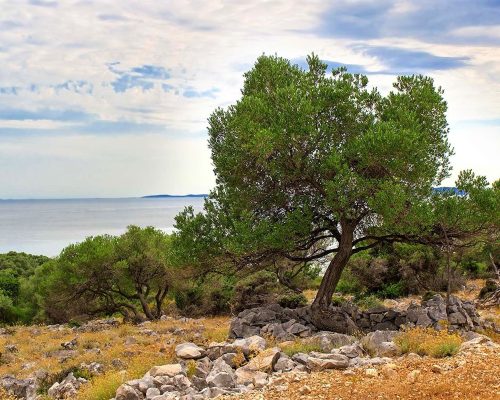During the Early Bronze Age, we have witnessed in the Mediterranean a marked population increase that leads to the development of extensive settlements although the pattern of small hamlets and farmsteads still prevailed. One of the important factors in this process was the change in agriculture production that followed the adoption of wine and olive cultivation. These were commodity-oriented activities that furthered exchange and redistribution – products were more suitable for redistribution than for a household economy. Olives demand capital investment since it takes several years before the crop is produced – one of the most successful industries of antiquity was developed.
The cultivation of olives spread with the Greek and Phoenician colonization across the Mediterranean and fine oil became a trading commodity.Its symbolic role can be recognized most famously as a branch of peace and as the victor’s crown in the Olympic Games. In the Roman period, emphasis was on the production of wine and oil for sale rather than the production of cereal crops beyond the quantity required to feed the animals, slaves and owners. Marcus Porcius Cato and Marcus Terentius Varro described the catalogues of tools, implements and labourer necessary to sustain such a farm. According to their descriptions to manage an olive grove of 60 hectares, it was necessary to include 13 people to do the work.


